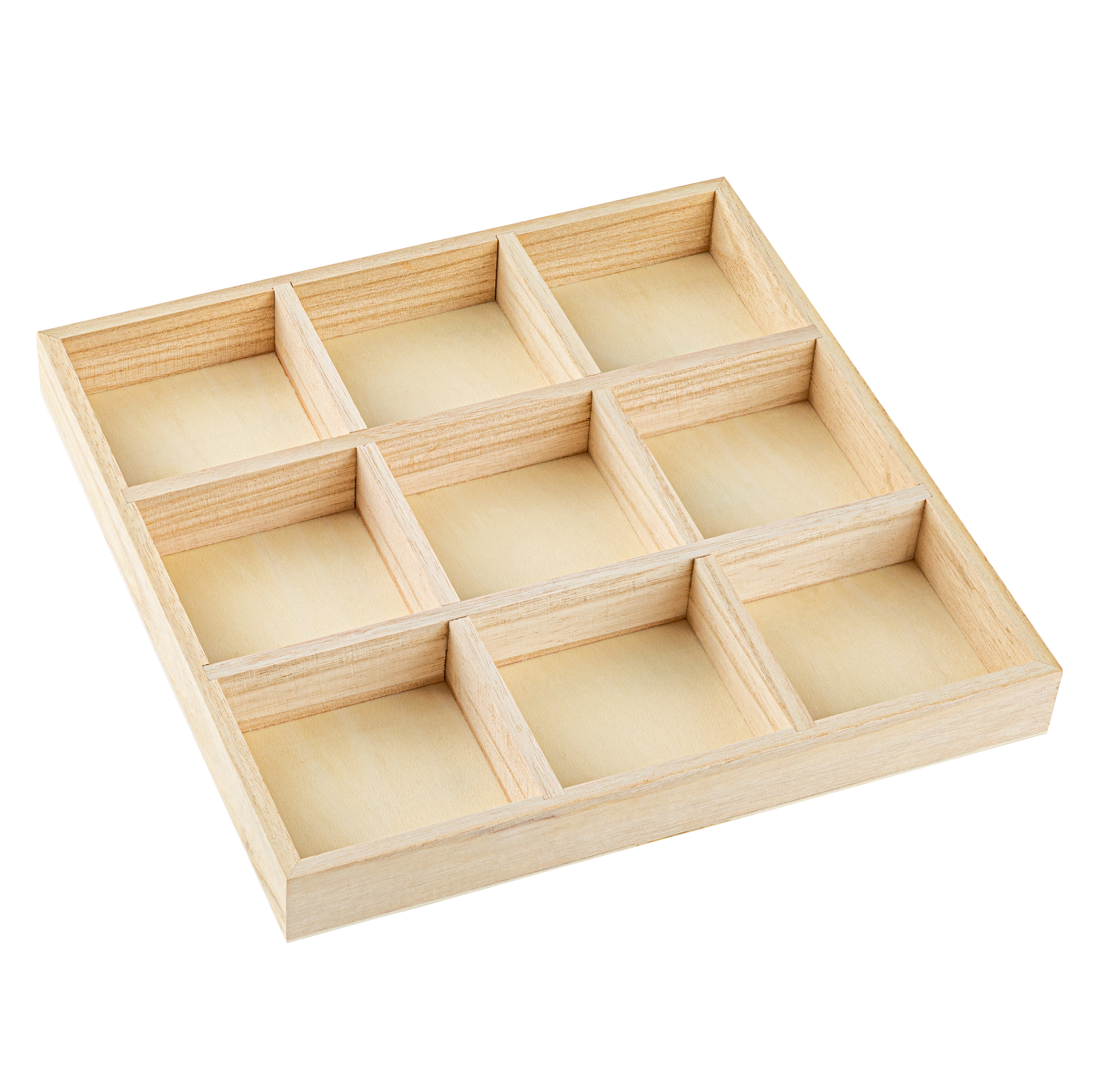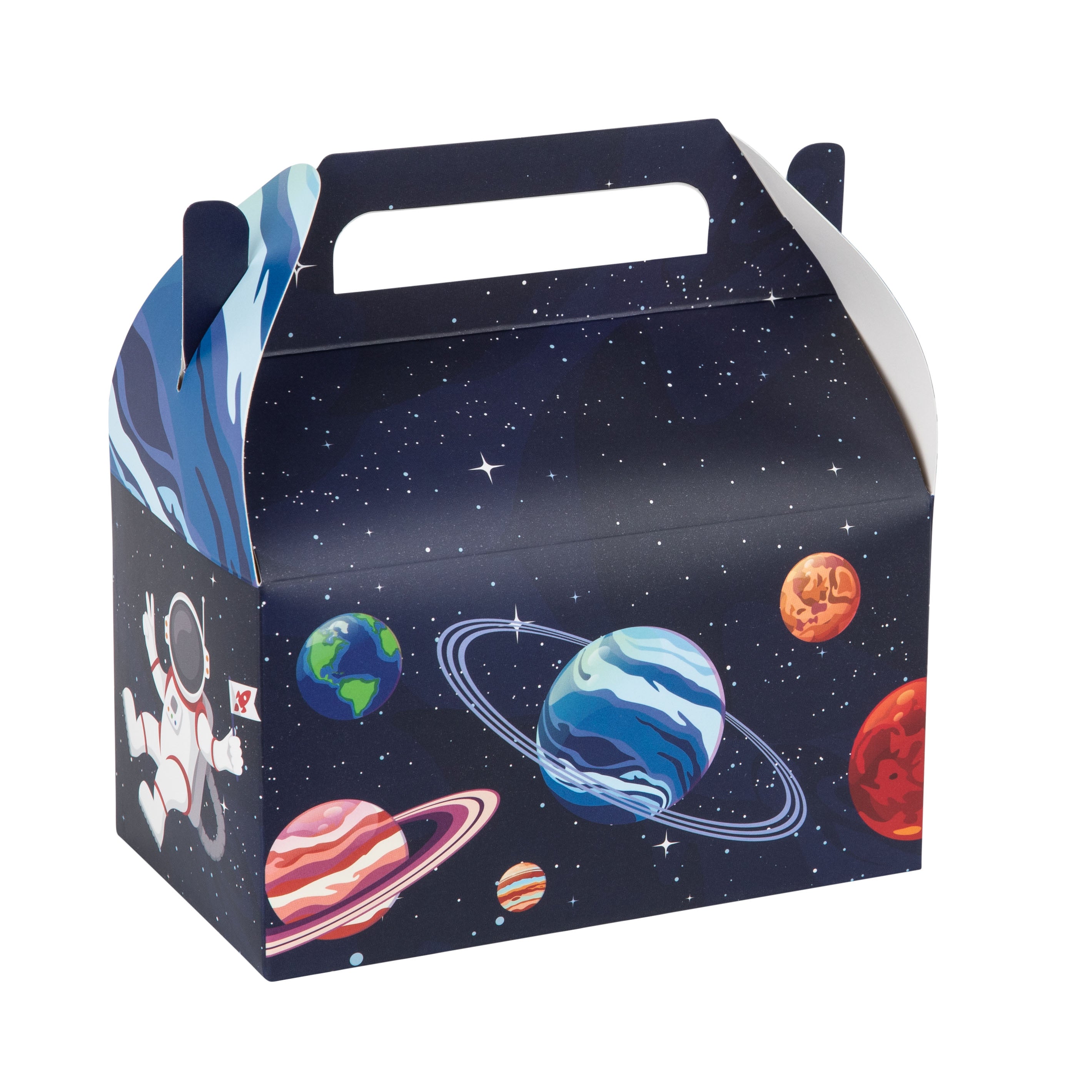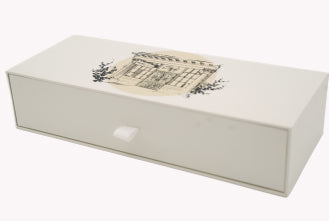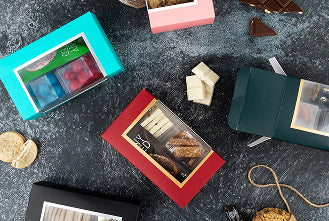Polymer clay offers a practical solution for creating custom charms and tags that transform ordinary packaging into something worth keeping. This versatile material lets you craft professional-looking accents without investing in expensive equipment or extensive training.

Plus, the entire process requires only basic materials and techniques, making it accessible for beginners while offering enough depth for experienced crafters to develop their own style. So, what are the steps to making charms and tags with polymer clay? Let’s dive in!
- Key takeaways:
- ✔ Quality clay ensures even baking and detail retention.
- ✔ Consistent thickness prevents breakage and ensures polish.
- ✔ Pre-baking holes make assembly easier later.
- ✔ Textures + powders = next-level visual appeal.
- ✔ Cooling is crucial – avoid warping by letting pieces set undisturbed.
- ✔ Varnish types matter – choose your finish based on use-case.
- ✔ Charm + brand integration turns packaging into marketing.
Step 1: Gather Your Materials
Start with polymer clay from established brands, since they will bake evenly and hold detail well.
You’ll need a rolling pin (or pasta machine), cutting tools, stamps or texture sheets, and parchment paper or a ceramic tile for baking. Consider adding metallic powders, glazes, or varnishes for fun and flair-filled finishing touches.
Store unopened clay in its original packaging and wrap opened blocks in plastic to prevent dust and maintain flexibility. Keep clay away from heat and sunlight, as they can prematurely start the curing process.
| Step | Title | Description | Pro Tips |
|---|---|---|---|
| 1 | Gather Your Materials | Choose quality polymer clay, rolling tools, cutting tools, texture sheets, and parchment for baking. Optional: metallics, glazes, or varnishes. | Store opened clay wrapped in plastic and away from heat to avoid early curing. |
| 2 | Condition and Roll Out the Clay | Knead or use a pasta machine until clay is soft and pliable. Roll to 2–3mm thickness for ideal charm weight. | Use playing cards or craft sticks as thickness guides. Try marbling colors for visual flair. |
| 3 | Cut and Shape | Use cookie cutters or freehand shapes. Don’t forget threading holes. | Make holes slightly larger than needed and at least 3mm from edges. |
| 4 | Add Texture and Detail | Stamp or press items like lace, leaves, or logos into the clay for detail. Add shimmer with powders. | Apply mica powder before baking; press metallic leaf for luxury finish. |
| 5 | Bake and Cool | Bake on parchment or ceramic tile per instructions (usually 130°C/275°F for 15–30 mins). | Use an oven thermometer for accuracy. Let cool fully before handling. |
| 6 | Finish and Seal | Sand edges smooth and apply varnish based on desired finish: matte, gloss, or satin. | Reinforce holes with metal eyelets or jump rings for durability. |
| 7 | Incorporate into Packaging | Attach to ribbon, gift wrap, bottle necks, or boxes. Can double as keepsakes. | Add QR code stickers on the back linking to promos or product pages. |
Step 2: Condition and Roll Out the Clay
Conditioning prepares clay for shaping by warming and softening it. This involves kneading the clay between your hands or running it through a pasta machine several times until it becomes pliable and stretches without breaking. This ensures even baking and prevents cracking.
Start by rolling the clay to about two to three millimeters thick for tags and charms—thin enough to stay lightweight but thick enough to handle without tearing. Use playing cards or craft sticks as guides on either side of your clay to maintain consistent thickness.
For an added visual effect, try marbling two colors together; partially blend them by folding and rolling repeatedly until you achieve the swirled pattern you want.
Step 3: Cut and Shape Your Charms or Tags
Cookie cutters provide clean edges for geometric shapes. But freehand cutting lets you create organic forms and get more creative! Choose the shape based on your needs.
Use a straw or toothpick to create holes for threading before baking—make them slightly larger than needed since they may shrink during curing. Position holes at least three millimeters from the edges to prevent tearing.
For brands, consider incorporating signature shapes customers will recognize. For example, a bakery might use miniature croissant shapes. A clothing boutique could create tiny shopping bag charms. Again, get creative here and have some fun!
Step 4: Add Texture, Design, and Detail
Differing textures can transform flat clay into something that is attractively visually and texturally. Consider pressing lace, burlap, or leaves into the surface for organic patterns, or using rubber stamps to imprint logos or decorative motifs. Letter stamps also allow you to add names, dates, or short messages.
Want to add some shine? Brush mica powder onto raised areas before baking, or press metallic leaf onto the clay surface. Simple and easy!
Step 5: Bake and Cool
Follow your clay manufacturer’s instructions for temperature and timing—typically around 130°C (275°F) for 15-30 minutes, depending on thickness. Bake pieces on parchment paper or a ceramic tile to ensure even heat distribution and prevent sticking.
Watch your first batch carefully. Underbaked clay remains flexible and may break, while overbaked pieces develop brown edges. Use an oven thermometer to verify temperature accuracy, as many home ovens run hot or cold. It can even help to do a “test” batch beforehand to ensure you don’t waste materials.
After baking, let your pieces cool completely on the baking surface before handling; polymer clay remains soft when hot and can warp if moved too soon.
Step 6: Finish and Seal
Once cooled, sand rough edges with fine-grit sandpaper for a professional finish. Start with 400 grit and work up to 800 or higher for a smoother finish. Wipe away dust with a damp cloth before applying finishes.
Choose sealants based on your desired look; gloss varnish creates shine, matte varnish maintains the clay's natural appearance, and satin finish splits the difference. Make sure to apply thin, even coats to avoid pooling.
For durability, especially on pieces that will be handled frequently, consider adding metal eyelets around holes or attaching jump rings. These reinforcements prevent wear and extend the life of your tags, which can be particularly important for reusable brand packaging.
Step 7: Incorporate Your Charms or Tags into Your Packaging
Thread finished pieces onto ribbon, twine, or cord that complements your wrapping paper or gift bags or boxes. Position them where they’ll be noticed—centered on top of boxes, dangling from bottle necks, or clustered at ribbon intersections. For personal gifts, these may also become keepsakes that recipients can repurpose as ornaments or zipper pulls.
As a brand or company, you may also want to consider practical additions, such as QR codes on adhesive dots on the back of tags that link to product information or special offers. And if you’re still short on packaging materials, check out Hammont’s packaging collection for all your gift packing needs!
| Question | Answer |
|---|---|
| Can I use air-dry clay instead? | Not recommended for charms or tags that need durability. Polymer clay is stronger once baked. |
| How do I prevent my clay from cracking? | Ensure proper conditioning and consistent thickness. Avoid drafts while baking. |
| Can I rebake my clay pieces? | Yes! Polymer clay can be baked multiple times if you're layering or adding details later. |
| How long will charms last? | With proper sealing and care, they can last for years—even with frequent handling. |
| Can I paint polymer clay? | Yes, use acrylic paints after baking. Seal with varnish to protect the design. |
















